Audience: Secondary educators
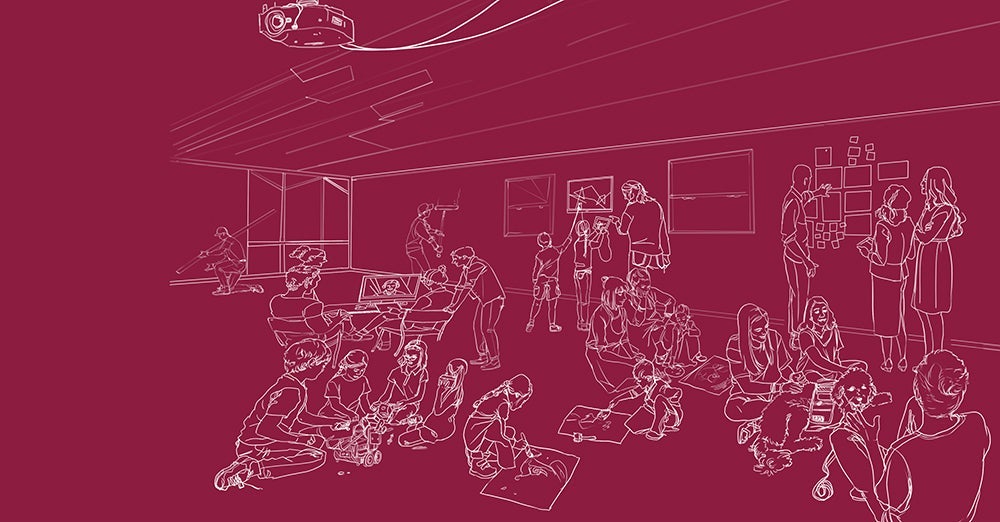
Educator team constructivist listening protocol: Reflecting, releasing emotion and constructing new meaning
In this activity, you will engage in an adaptation of the National Equity Project’s constructivist listening protocol. Together, with one or more members of your educator team, you will practice deep listening and construct new meaning about your identity and your lived experiences.

Identifying your equity imperative: Naming what you stand for and why
In this activity, you will reflect on a possible definition of equity, identify your equity imperative and share with your educator team. An equity imperative is a call to action representing an urgent and deeply felt need to address inequity. An equity imperative empowers you to answer the question, “What do I stand for and why?”

Student-selected support
In an effort to shift the ownership of learning from educator to student, SPARK School at Kyrene de las Manitas has implemented a system for students to reflect on their learning and progress, identify the academic support they need and schedule time to meet with the appropriate educator(s). This resource guides educator teams through steps to implementing student-selected support.

10 Tips for planning team-based deeper learning
The educator team at Kyrene de las Manitas Innovation Academy co-plans project-based units that support deeper learning. The 10 tips appearing in this document are drawn from their approach to planning. To get started, consider how your team might implement these tips.
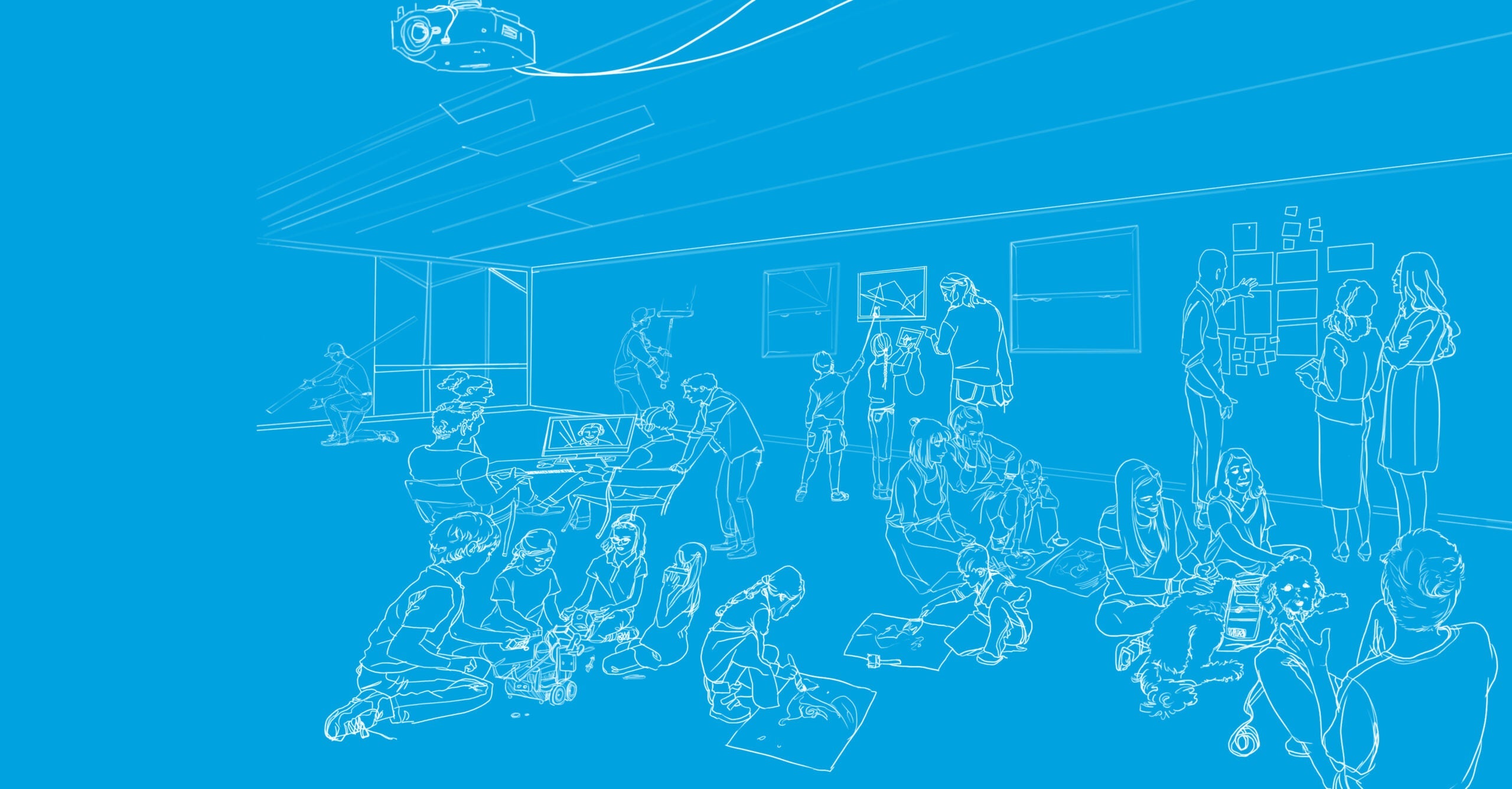
Community Educator Invitation and Project Overview Template
Community educators provide capacity and insight in service of deepening and personalizing student learning. They enrich learning environments by forging authentic relationships, sharing expertise and expanding networks. Use this template to guide your communication with community educators.

Team-based PBL unit planning template
Next Education Workforce team-based structures can strengthen the project-based learning instructional approach. This unit planning template takes educators through the steps of designing a PBL unit, while also planning for how to maximize distributed expertise.

Community educator asset map
An asset map is a visual way to identify resources within your community. The act of creating a map of expertise can help you discover connections you already have, organizations you’d love to know about, and talents and resources near your school or available virtually.

Six tips for engaging a community educator
Explore this resource to learn six tips for engaging a community educator in schools, community-based organizations and anywhere that learning happens.
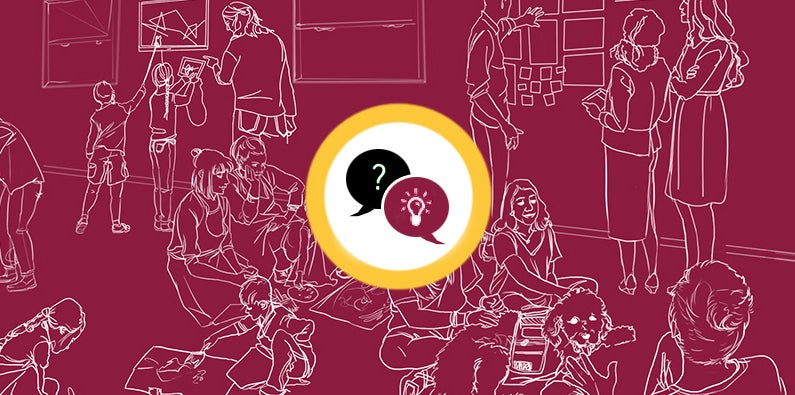
Principled Innovation: Redesigning education
Principled Innovation emboldens us to be able to ask the question, “We can, but should we?” This video, created by MLFC’s Principled Innovation Team, introduces Next Education Workforce models and explores how their development is an example of principled innovation.

Riverview High School: Learning space layout
Riverview High School serves 90–120 students in grades 7–12. Many of these students have left their assigned district schools due to disciplinary reasons or are transitioning out of juvenile detention or residential treatment centers. In this resource, you’ll see the layout of their learning space.

Westwood High School’s Academy Teams: Learning space layout
Approximately 900 ninth grade students at Westwood High School in Mesa, Arizona are distributed across six Academy Teams. In this resource, you’ll see the layout of their learning space.

Costs and shifts calculator
In this Google Sheet, you’ll be able to describe your strategy, input the costs, make intentional shifts and see your choices summarized on a dashboard.

Financially sustainable staffing models
In this document, you’ll read about how two school leaders and one district-level leader make strategic shifts in funding and time to cover the costs of their new staffing models.
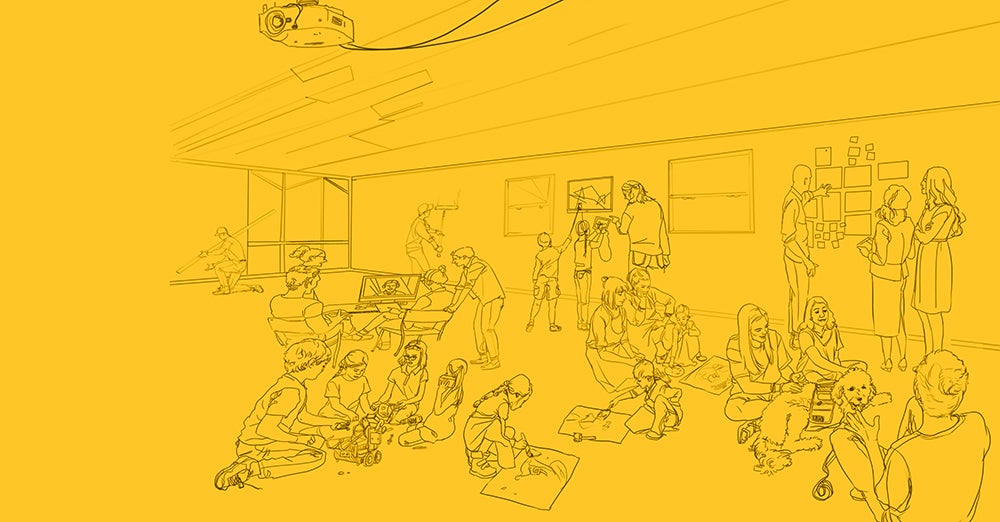
Quarterly team reflection protocol
This resource, created in collaboration with MLFC’s Principled Innovation Team, proposes a quarterly, one-hour protocol intended to help teams reflect together and build the “muscles” of empathy, awareness and resiliency. The protocol guides the team through sharing quarterly wins, reflecting on an intentional set of questions, debriefing and identifying next steps.

Co-creating school design principles
Design principles are four to seven ideas that align with the school’s mission and vision and act as a guiding light for the school-level team implementing change. This tool suggests steps a team might take to prepare for a design session on co-creating design principles, offers a protocol for facilitating the session and proposes next steps for taking design principles from draft form to final state.
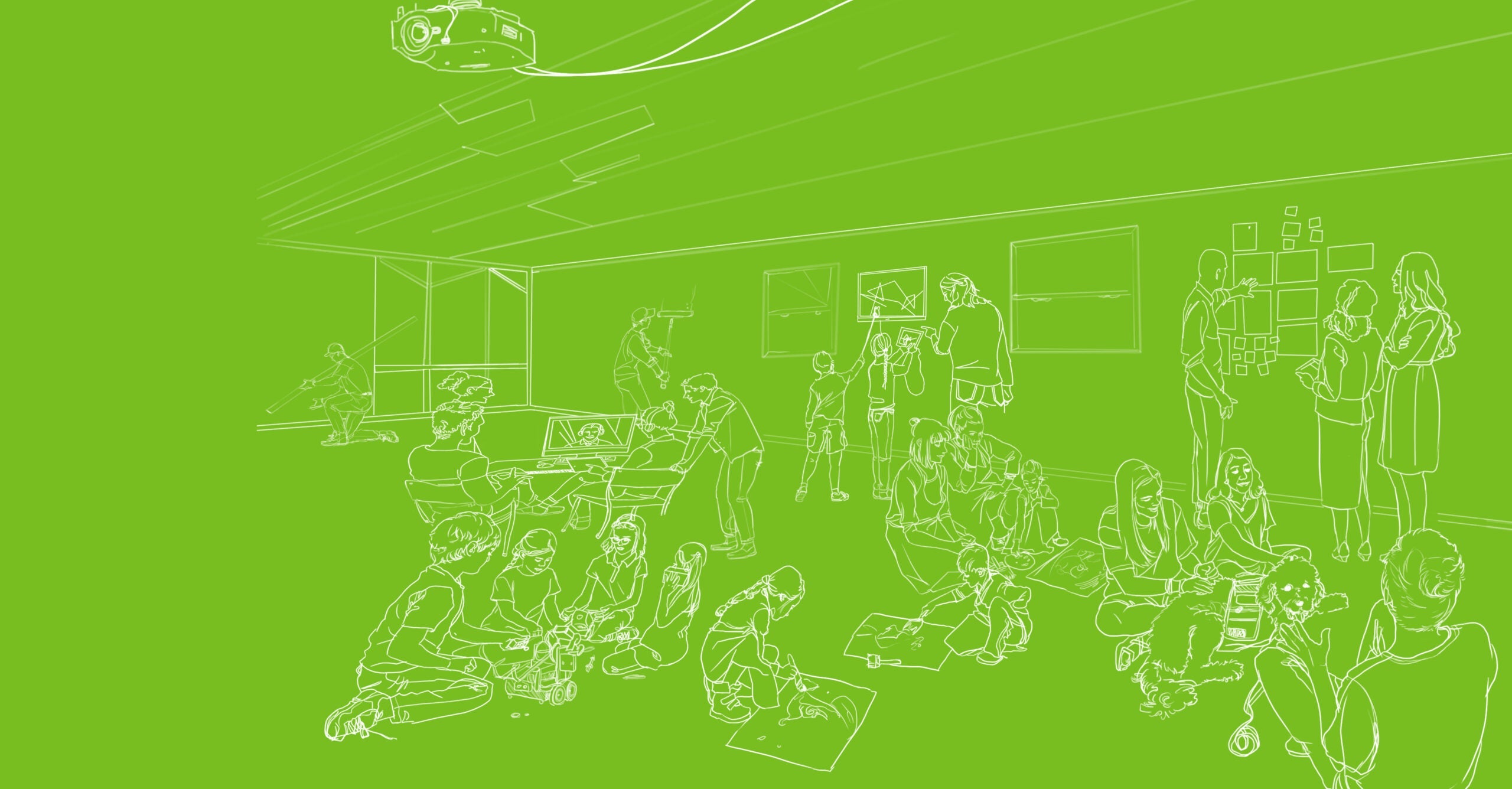
The relationship between deeper and personalized learning and teams of educators with distributed expertise
Hear from MLFC Dean Carole Basile about the relationship between deeper and personalized learning and teams of educators with distributed expertise.

Implementation briefs: Teacher Preparation and The Next Education Workforce
This collection of implementation briefs is a companion piece to Teacher Preparation and the Next Education Workforce (Thompson et al., 2020) and goes deeper into several facets of the initial team-based models with teacher candidates, including: role descriptions, readiness conditions for district partners, financial models, and implications for teacher preparation.
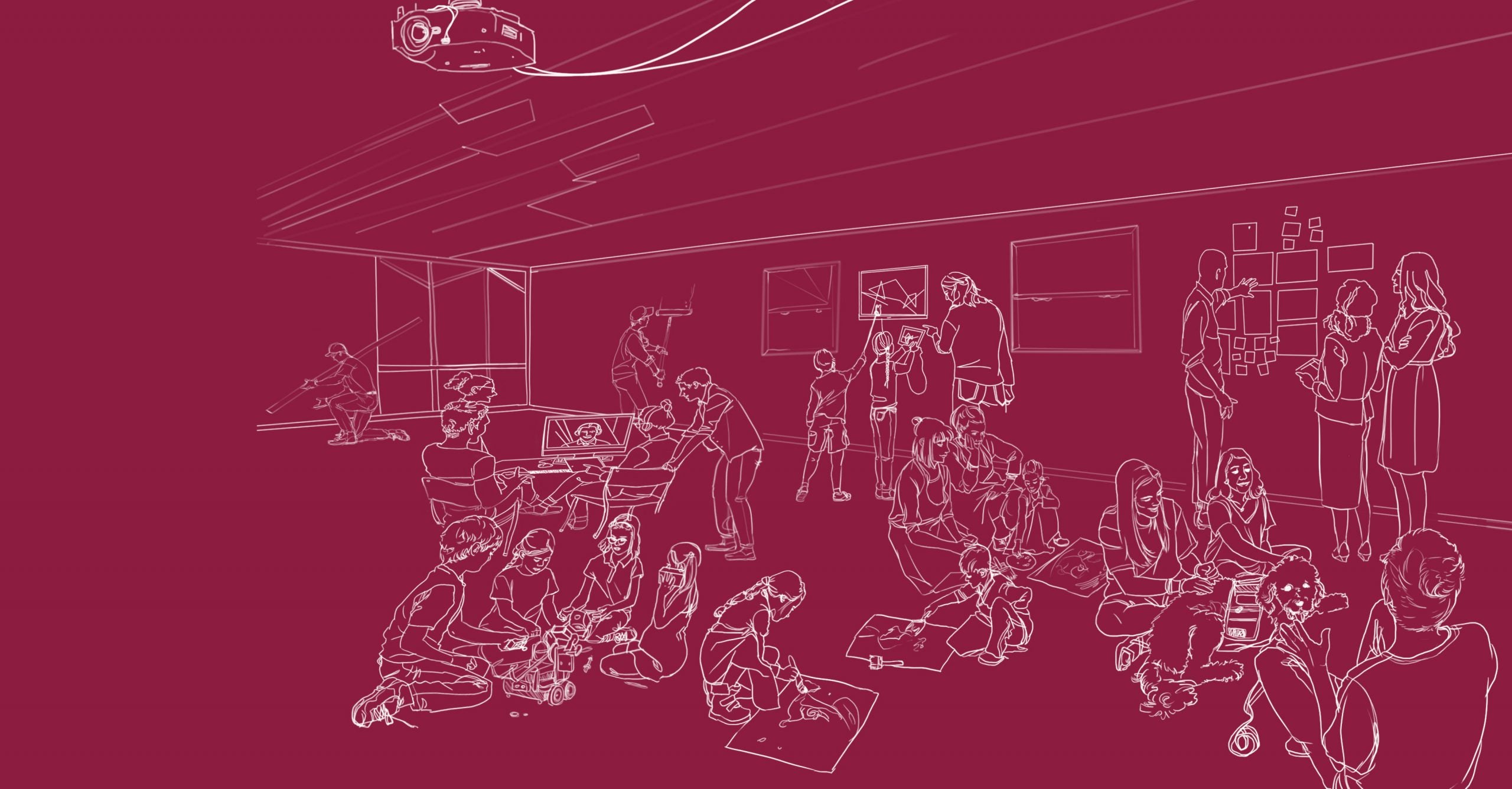
Next Education Workforce Teams in All-Remote Environments
In this resource, you’ll find several recommendations for how all-remote teams might deploy their educators to best meet the needs of students.

Elements of the Next Education Workforce
There is no one-size-fits-all Next Education Workforce model. The diverse contexts, assets and needs of each school inform the design and implementation of each model. However, all Next Education Workforce models share several common elements. This document describes the Elements of the Next Education Workforce found across dozens of schools that have launched successful team-based models.

The critical importance of the Next Education Workforce
Hear from MLFC Dean Carole Basile about why Next Education Workforce models are critically important, especially today.

Personalized learning resources
Exploring a new topic can be exciting. We want to help make sure your exploration is productive, with targeted searches from reliable sources. This list, while not comprehensive, offers good resources for planning and implementing personalized learning.

